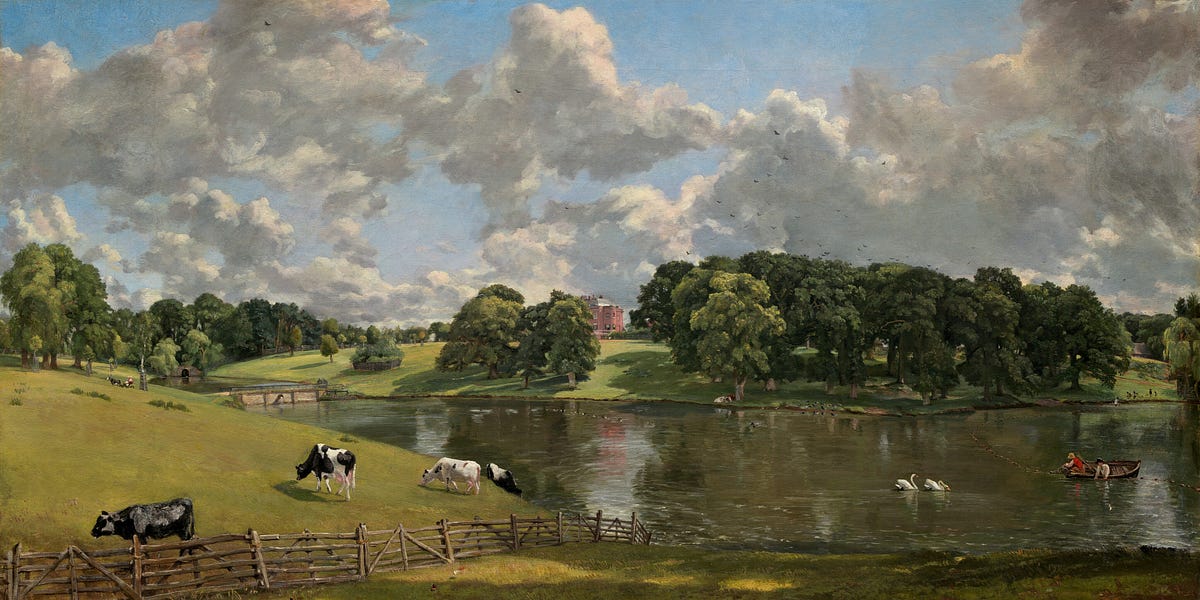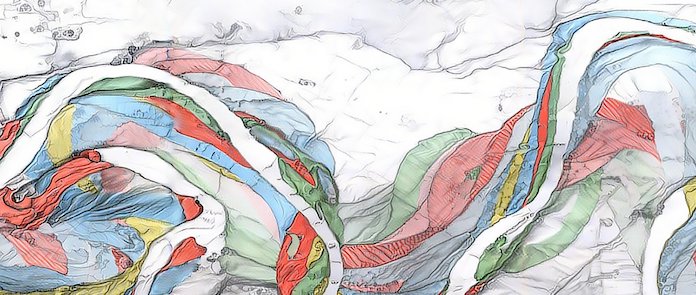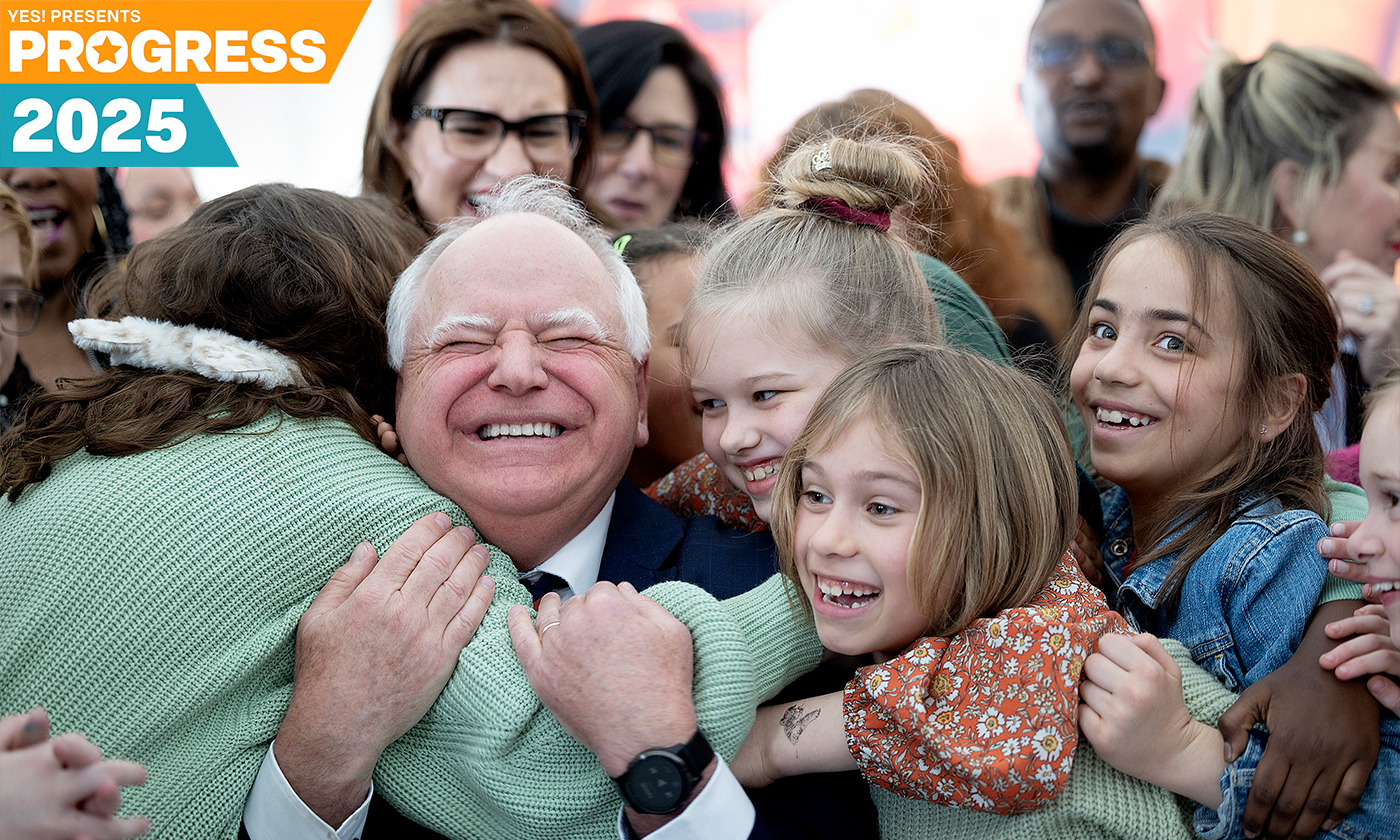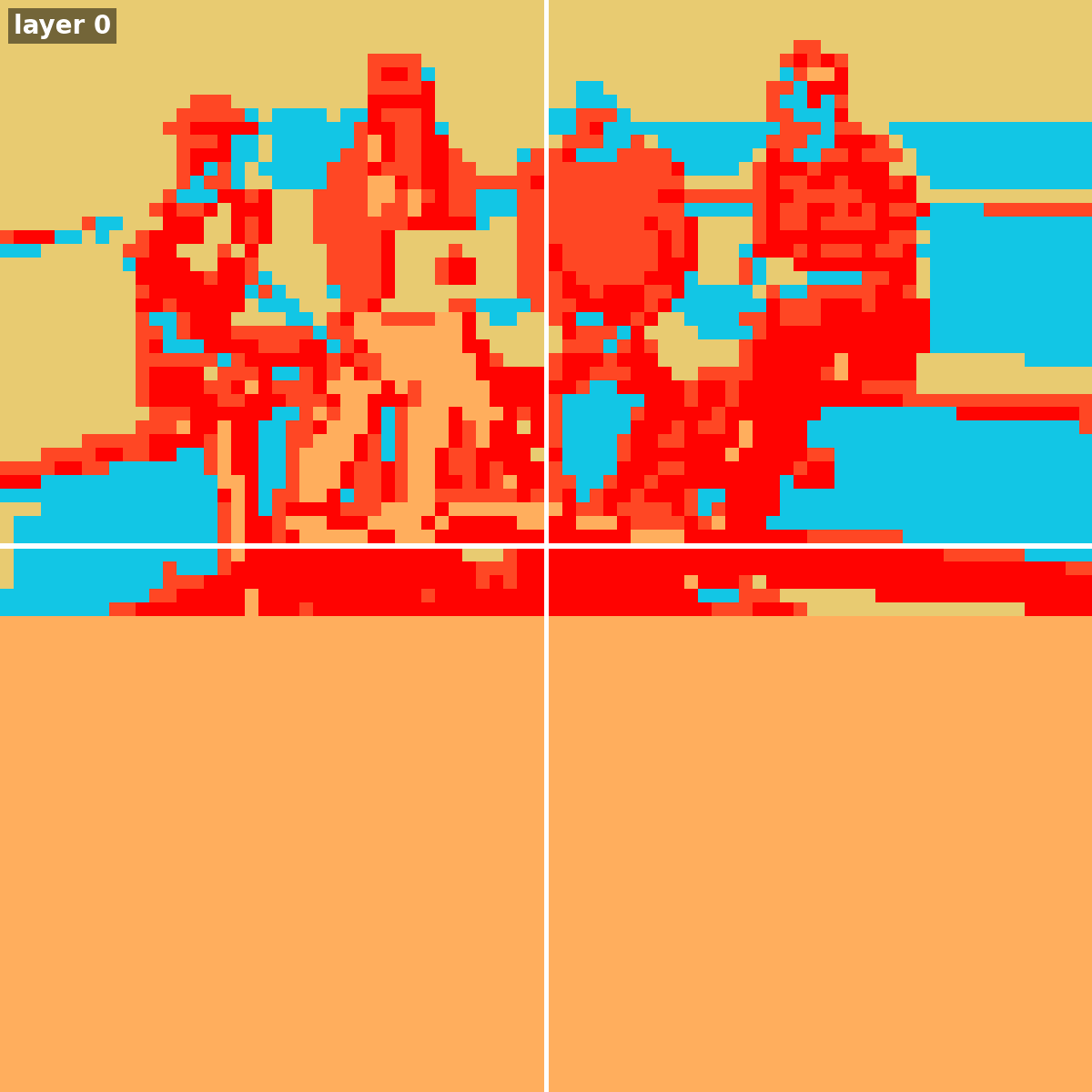
Out of the Landscape, into the Portrait - by Nicholas Carr
“And the screen, as a faithful mirror, not only of conflicts emotional and tragic, but equally of conflicts psychological and optically spatial, must be an appropriate battleground for the skirmishes of both these optical-by-view, but profoundly psychological-by-meaning, spatial tendencies on the part of the spectator.” –Sergei Eisenstein
On September 17, 1930, the Academy of Motion Picture Arts and Sciences held its most consequential meeting ever. Under the auspices of the academy’s technician branch, an elite group of filmmakers and engineers was called to Fox Hill Studios in Los Angeles to decide on a standardized shape for screens in movie theaters. It was a time of great experimentation in the dimensions of film images — Raoul Walsh was about to release his radically wide-screen The Big Trail, which, with an aspect ratio of 2.1:1, was more than twice as wide as it was high — and the academy’s decision would establish the frame for movie composition in the years to come.
The attendees were offered three aspect ratios to choose from, each a horizontal rectangle: 4:3, 5:3, 6:3. A horizontal screen was taken as a given for three reasons. The first was commercial. Existing theaters, built around a wide proscenium arch, had seating arrangements suited to the viewing of horizontal images. The second was cultural. Traditional landscape and narrative paintings were almost always horizontal in orientation; it was a framing that seemed natural for the telling of stories. The third was psychological. Because human vision is itself horizontal, a horizontal screen feels congenial to eye and mind.








/cloudfront-us-east-2.images.arcpublishing.com/reuters/NSYWHTSXJVKJ5FGXAKKI66ZVF4.jpg)














